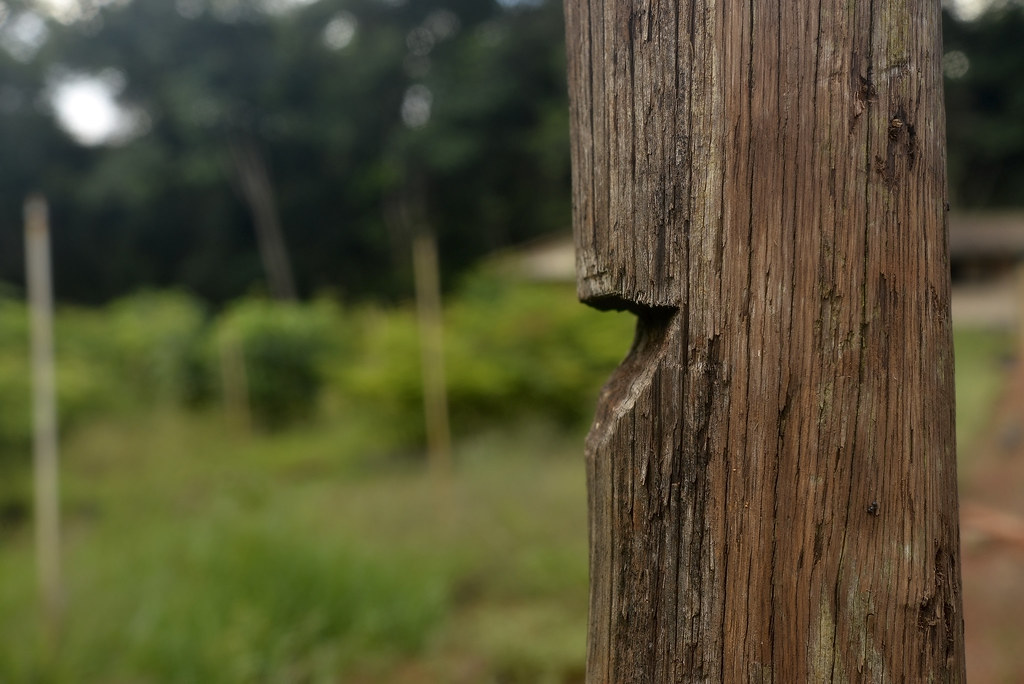Wood drying, an essential process for many woodworking projects, has often been encapsulated by the rule of thumb that suggests wood requires one year of drying time per inch of thickness. However, real-world experiments and studies reveal a more nuanced understanding. Here's an exploration of how long it really takes for wood to dry, based on practical observations and the key factors influencing this process.

A fascinating experiment involving the drying of a wet birch tree trunk provided valuable insights. The method included cutting the trunk into various thicknesses and weighing the pieces over time. Here are some noteworthy observations:
The experiment underscored the significant impact of environmental conditions on the drying time:
Naturally drying lumber involves multiple environmental factors:
These factors collectively determine how quickly wood reaches its equilibrium moisture content (EMC). Common assumptions about air drying times can be reconsidered in light of these environmental variables.

Air drying lumber involves exposing it to outdoor conditions, which offers significant moisture reduction. However, it is slower than kiln drying and provides less control over the final moisture content. Proper stacking techniques and the usage of stickers (spacers) are critical to minimize warping and ensure even drying.
Different wood species have varying drying times. The following table provides a reference for average air-drying times:
| Wood Species | Drying Time (Months) |
|---|---|
| Oak | 6 - 12 |
| Pine | 4 - 8 |
| Maple | 5 - 10 |
| Birch | 4 - 9 |
The traditional rule of thumb that wood requires one year of drying per inch of thickness may often be overly conservative. With controlled conditions, such as ensuring proper air circulation and humidity, wood can achieve its equilibrium moisture content significantly faster. For woodworking enthusiasts and professionals alike, understanding these dynamics can lead to more efficient and successful drying processes, resulting in higher quality wood products.

Immerse yourself in architecture’s most boundary-pushing ideas—where innovative home improvements meet visionary urban developments. Discover new building techniques, materials, and creative concepts that are redefining how we shape our spaces on a global scale.